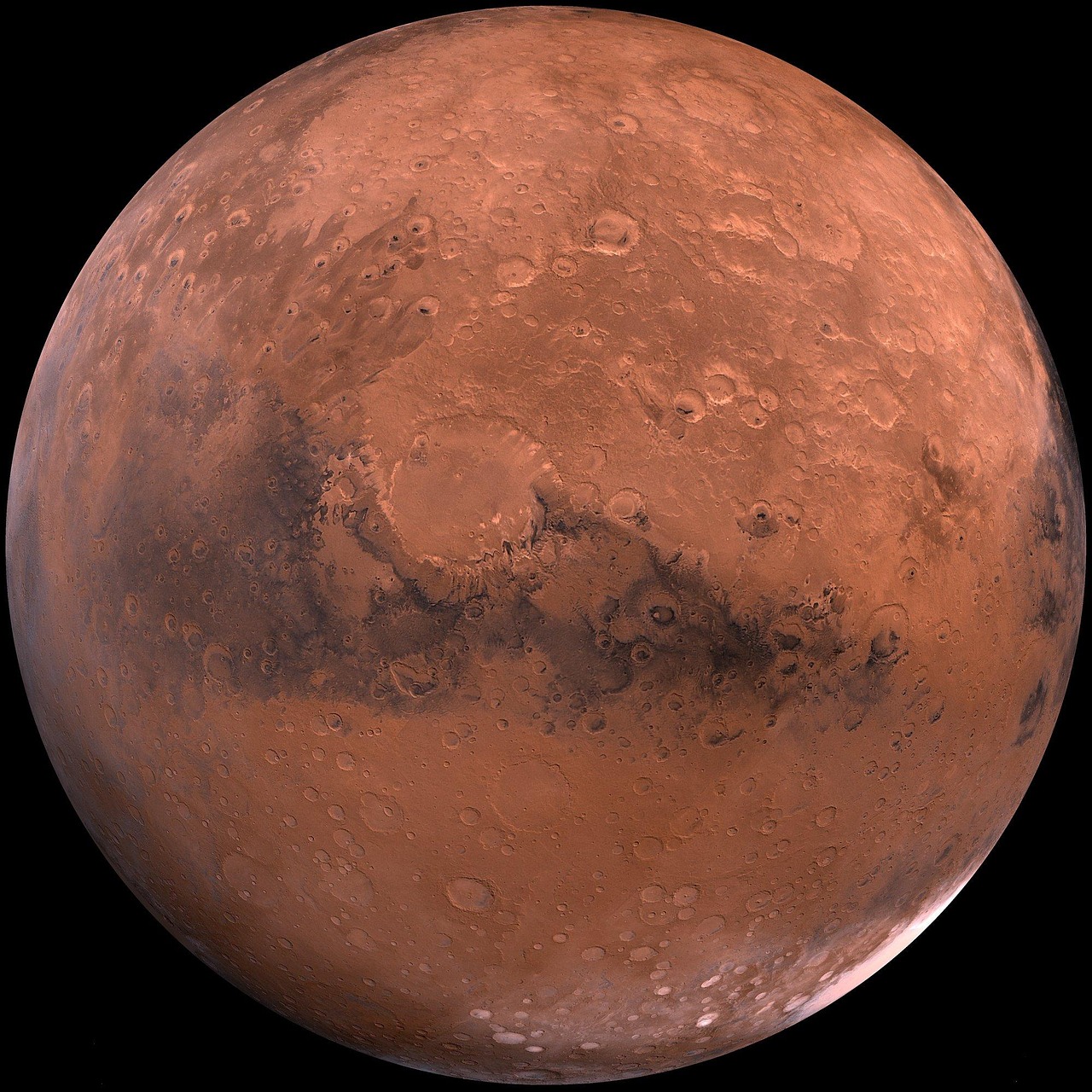Planets - Part 2
Exploring Our Solar System: Fascinating Planets - Part 2
Welcome back to our journey through the wonders of our solar system! In this installment, we will continue our exploration of the captivating planets that orbit our Sun. Let's dive right in!
Jupiter
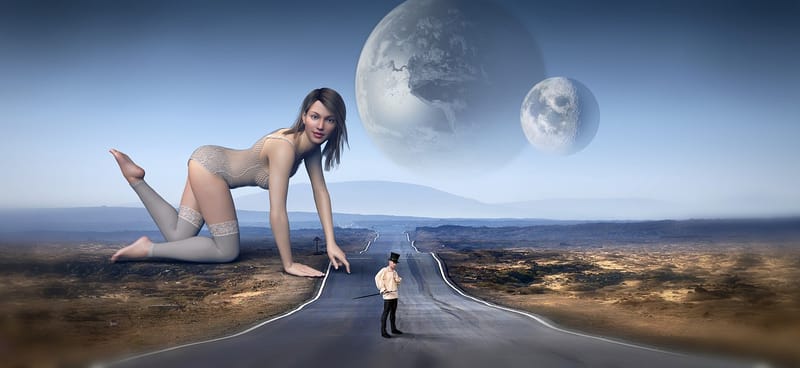
Jupiter, the largest planet in our solar system, is known for its mesmerizing giant red spot, a massive storm that has been raging for centuries. It is a gas giant with a composition primarily of hydrogen and helium. Jupiter has a strong magnetic field and more than 75 moons, including the four largest known as the Galilean moons: Io, Europa, Ganymede, and Callisto.
Saturn
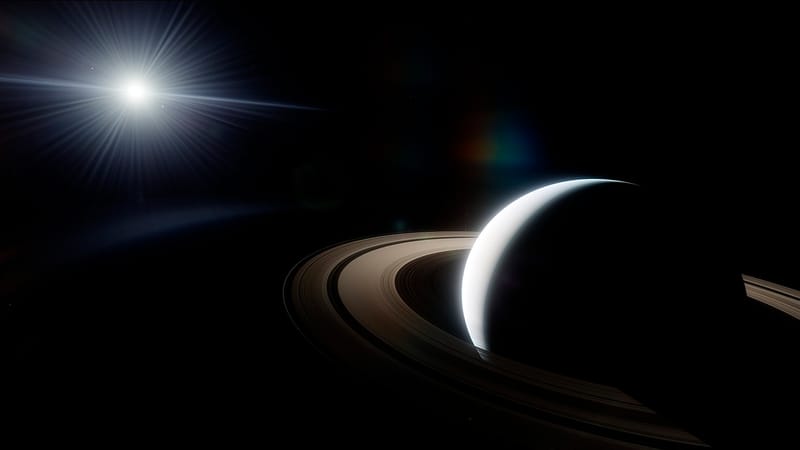
Saturn, famous for its spectacular ring system, is the second-largest planet in our solar system. These rings are made up of ice particles, rocks, and dust. Saturn is a gas giant with a low density, which means it could float on water. It has more than 80 moons, with Titan being the largest. Titan is of particular interest due to its thick atmosphere and Earth-like features.
Uranus
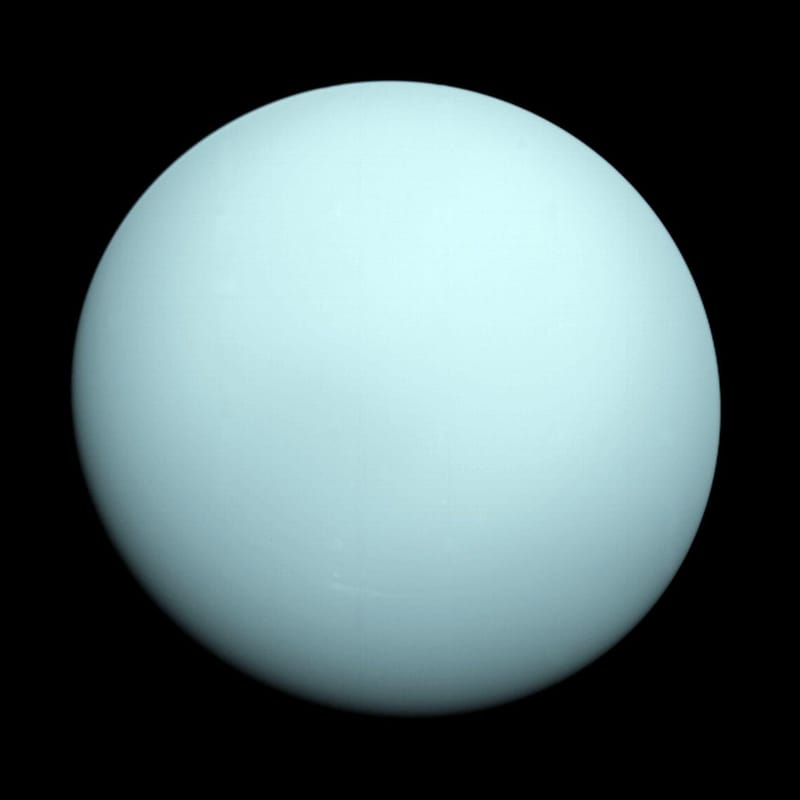
Uranus is an ice giant with a striking feature - it rotates on its side! This unique tilt is believed to have been caused by a massive collision in the planet's past. Uranus has a faint ring system and is surrounded by 27 known moons. The atmosphere of Uranus consists of hydrogen, helium, and methane, giving it a blue-green hue.
Neptune
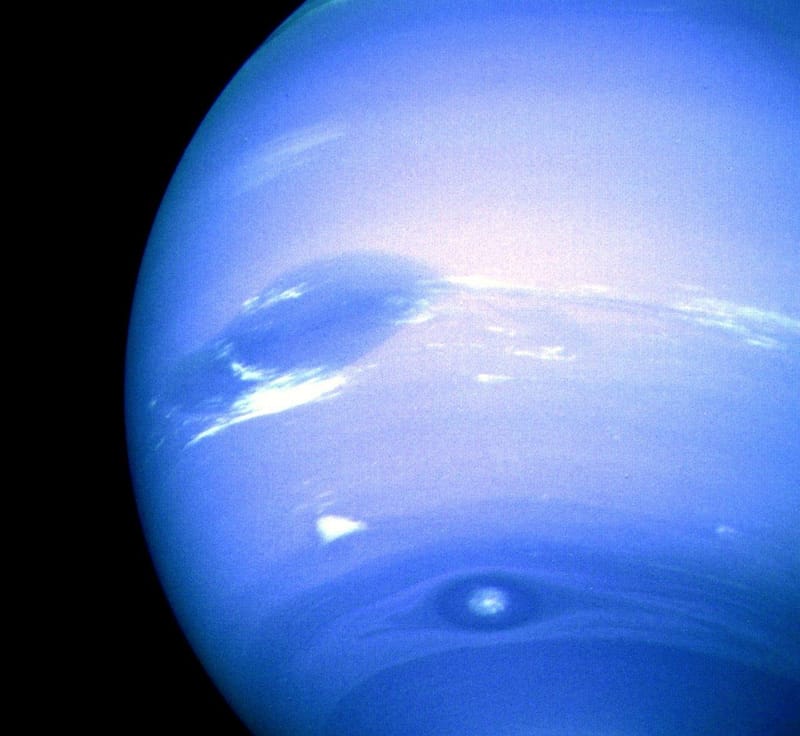
Neptune, the farthest planet from the Sun, is also an ice giant. It has a deep blue color due to the presence of methane in its atmosphere. Neptune is known for its powerful winds, with speeds reaching up to 1,500 miles per hour. This planet has 14 confirmed moons, with Triton being the largest. Triton is unique as it orbits Neptune in the opposite direction of the planet's rotation.
Exploring the planets of our solar system provides us with a glimpse into the incredible diversity and beauty of our cosmic neighborhood. Each planet has its own unique characteristics and mysteries waiting to be uncovered. Join us for the next part of our journey as we delve deeper into the wonders of the universe!
Stay tuned for more fascinating insights into the mysteries of space!
